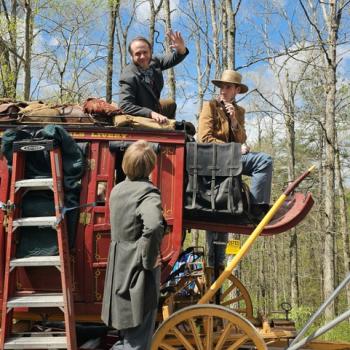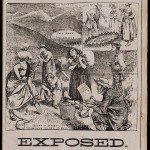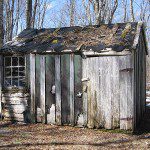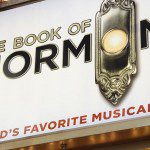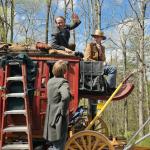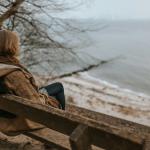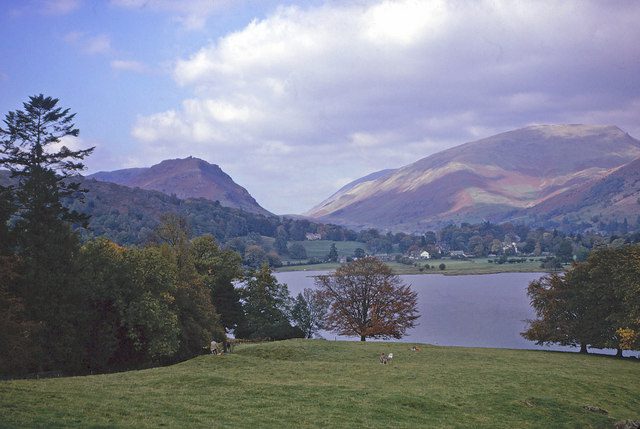
There was a time when the passage above, from William Wordsworth’s “Ode: Intimations of Immortality from Early Childhood,” was very well known to Latter-day Saints. This was because Elder Richard L. Evans of the Quorum of the Twelve Apostles was an Anglophile and a lover of English literature, and because, along with Claire Whittaker and Scott Whittaker, he wrote the script for Man’s Search for Happiness, the film that was shown in the Mormon Pavilion at the 1964 World’s Fair in New York City.
I don’t know how many members of the Church are familiar with the passage today, but it’s still a marvelous statement of belief in at least some form of pre-mortal existence.
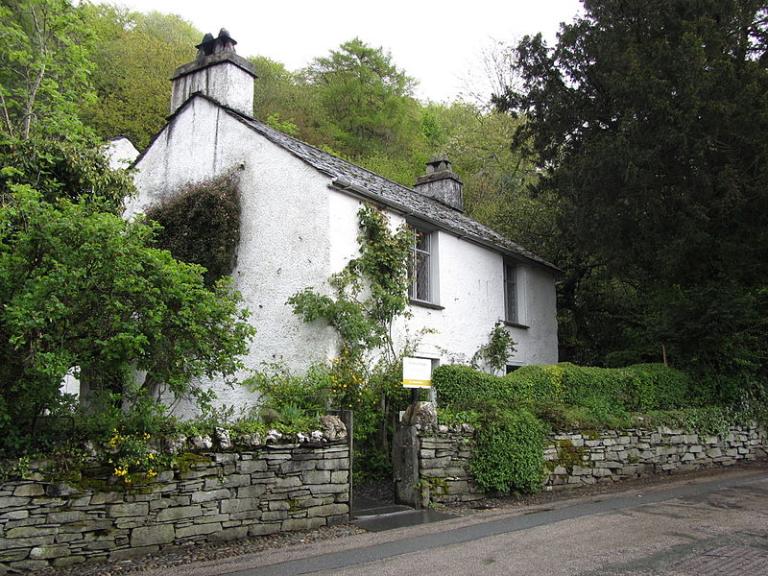
Today, we made our obligatory pilgrimage to Dove Cottage, in the village of Grasmere, which is famous as the home between 1799 and 1808 of William Wordsworth; his wife, Mary; and his writer-sister, Dorothy. Much of Wordsworth’s most famous poetry, including “Intimations of Immortality” and “I Wandered Lonely as a Cloud” (aka “Daffodils”), came from this place of “plain living, but high thinking.”
Dove Cottage would be sacred enough to devotees of English literature were it only for the residence there of the Wordsworths. But it rapidly became a center of English Romanticism, hosting frequent visits and sometimes lengthy stays by such people as Samuel Taylor Coleridge, Robert Southey, Sir Walter Scott, Charles and Mary Lamb, Thomas De Quincey, and, added into the bargain, the notable chemist Sir Humphry Davy. In fact, De Quincey succeeded to the ownership of Dove Cottage, which he retained from 1809 to 1835.
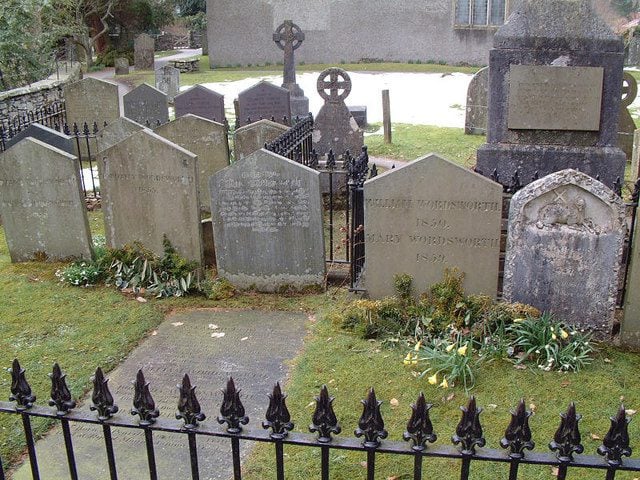
We also paid our respects at the Wordsworth cemetery plot, where William and Mary and Dorothy are buried. It’s a wonderful place, located behind St. Oswald’s Church in Grasmere village, on the bank of the quiet River Rothay, shaded by yew trees that were planted by William himself.
I’ve always found it intensely moving.
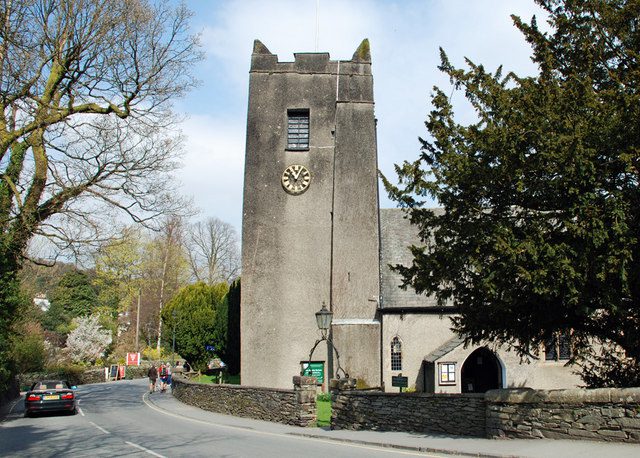
A word about the church: The present St. Oswald’s Church dates from the fourteenth century, but it stands on or near the site where the first church was founded by King Oswald of Northumbria in 642, and it is dedicated to him. This is the very same Oswald who, a zealous Christian, asked the authorities on the island of Iona, off the western coast of Scotland, to send a missionary to his kingdom in order to help convert his subjects to the faith. They sent the future St. Aidan, and it was Oswald who gave the island of Lindisfarne to Aidan as the base for his activities. And that’s the beginning of the story of why it’s now called “Holy Island.”
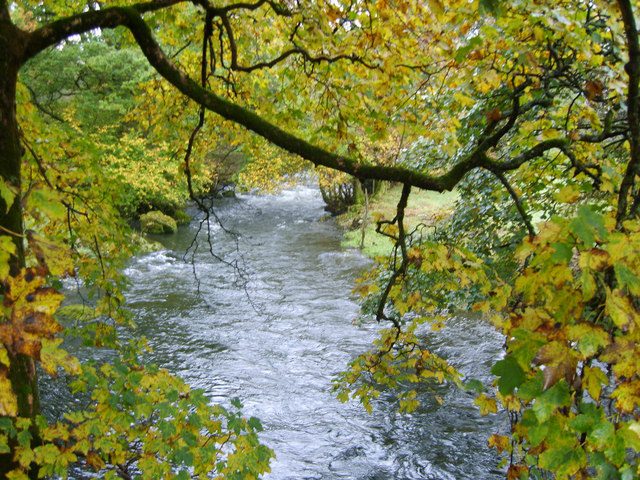
Finally, before heading back for the evening, we did the White Moss Forest walk between Rydal Water and Grasmere. Amusingly, we watched a very good swimmer as he worked his way toward us, and then, before he jogged off along the trail, had a relatively lengthy conversation with him. He turned out to be a triathlete, a local businessman, and . . . a Jehovah’s Witness.
Posted from Brockwood Hall, Cumbria, England



